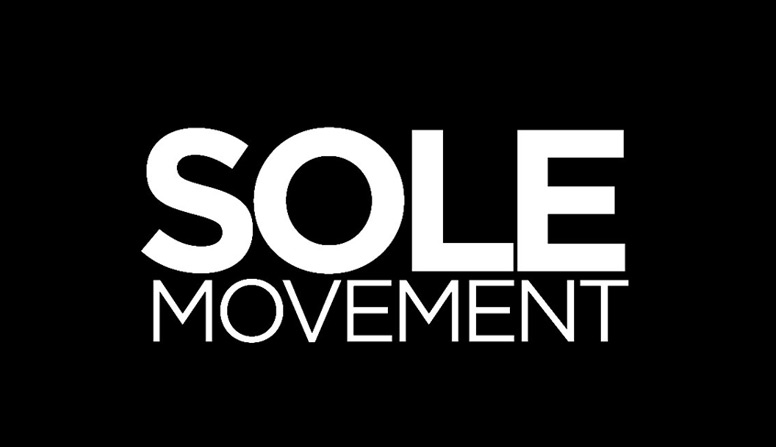New: Here’s a closer look at the adidas Archive
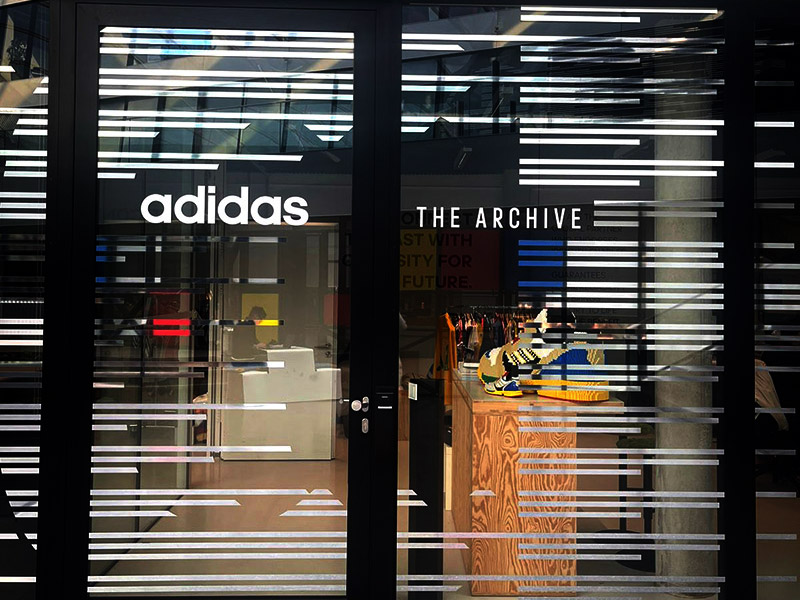
Still pinching myself.
When I started Sole Movement back in 2008, the goal was simple and straightforward. Share the knowledge, talk about the stuff you love and (hopefully) get some sneakers in the process. But things grew pretty fast. Local and Global recognition, trips to key product releases, conversations with brand leaders, influencers but more importantly forging friendships all over the world through sneakers.
Imagine that.
But one thing that has eluded me was a visit to one of my favorite brands’ HQ in Herzogenaurach, Germany. But a couple of weeks ago, that was ticked off the bucket list. adidas flew us out to Germany for a visit to their HQ and a closer look at one of their landmark silhouettes, the SL72. I’ll share more of the HQ on a separate post, but what tickled my sneaker fancy (and I’m sure a huge host of the people reading this) was the visit to the adidas Archive.
It’s crucial (and to be quite honest, makes a lot of sense) to keep great account of your brand’s history. Luckily, adidas has been building on their brand’s archive over the last couple of years, as they’ve amassed over 40,000 items spanning footwear, apparel, accessories, as well as key cultural moments from the brand’s rich 75-year history. Now housed in a temperature-controlled room, we were like kids in a candy store, oggling at relics that have made significant marks on the sports and retail landscape. Here’s a quick account of what we saw up close:
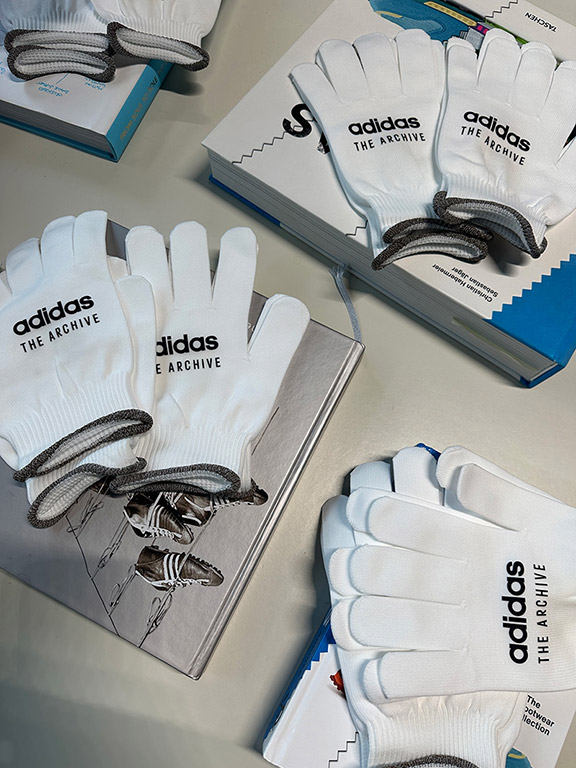
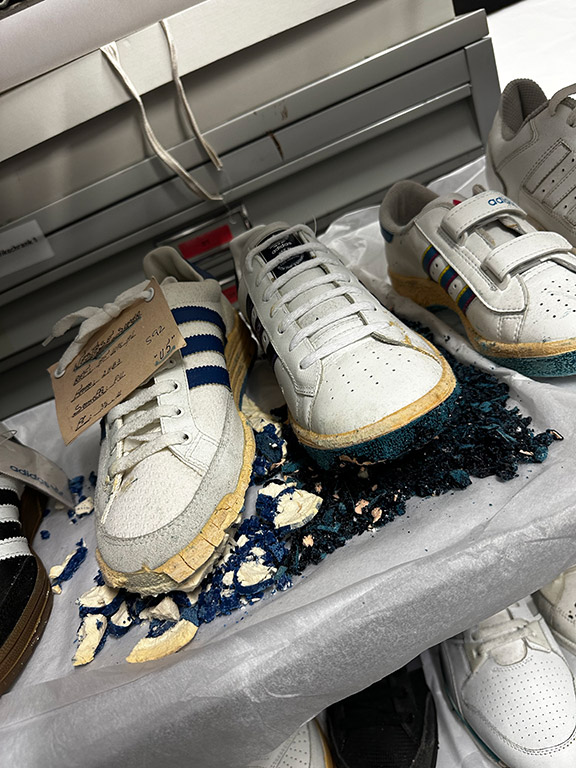
In order to preserve the pieces found at the Archive, we were asked to wear gloves (left) to limit the risk of oils, dirt and other elements from transfering to the product. If not, the oxidation can quickly age and eventually turn the materials into rubbery powder.
Any historical tour should always start from the beginning, where Adi Dassler worked for the family business as a cobbler (Gebruder Dassler Schuhfabrik). As he was fascinated with sports, he decided to come up with his own running shoe.
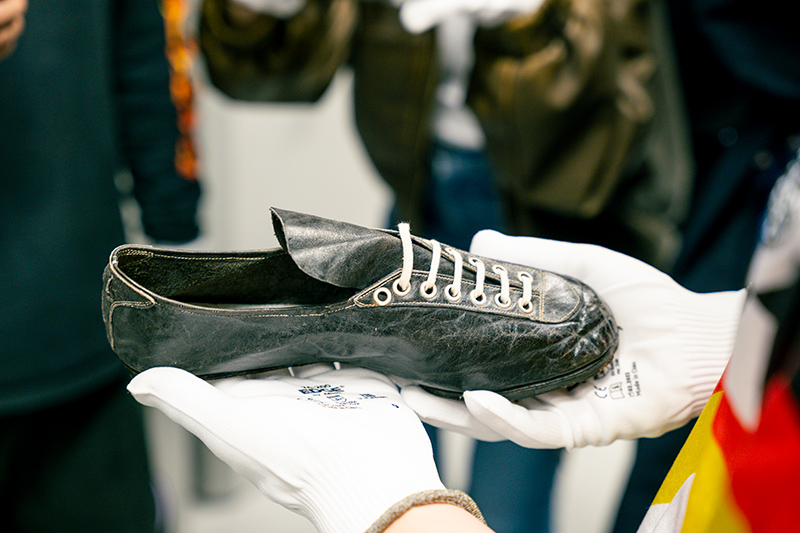
Made in the 1920s, the shoe still held up pretty well and further piqued everyone’s interest. As Dassler’s passion was to equip athletes with the best possible products for them to compete in, we all felt the sincerity and desire with every story and shoe built since the brand officially started some 75 years ago.
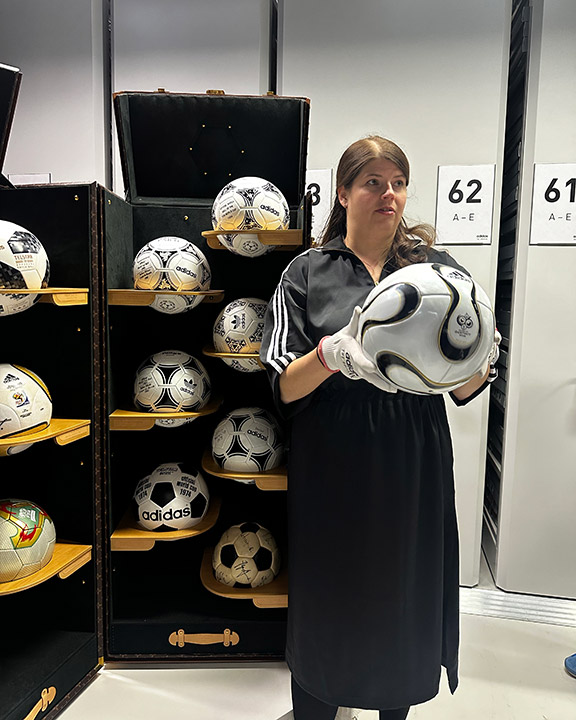
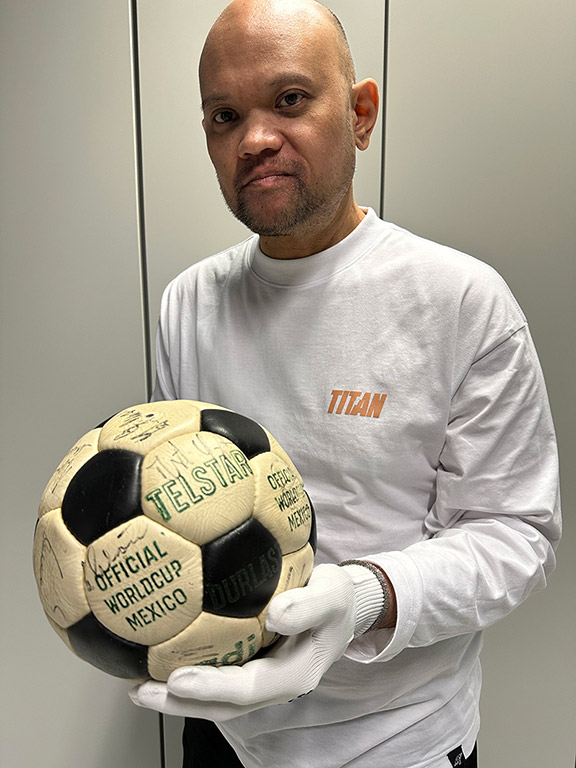
The Archive also housed some notables pieces in football history — the World Cup game balls! Placed in a luxurious LV trunk, game balls from the greatest matches were stored here as well. I remember playing with the Telstar back in the 80s!
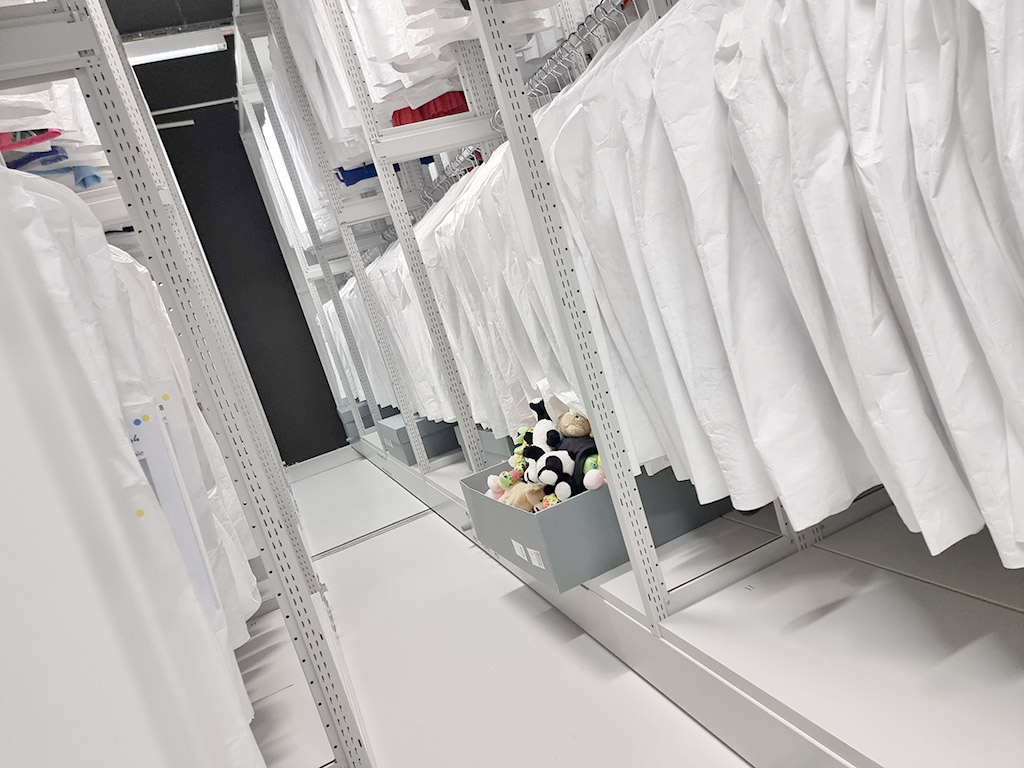
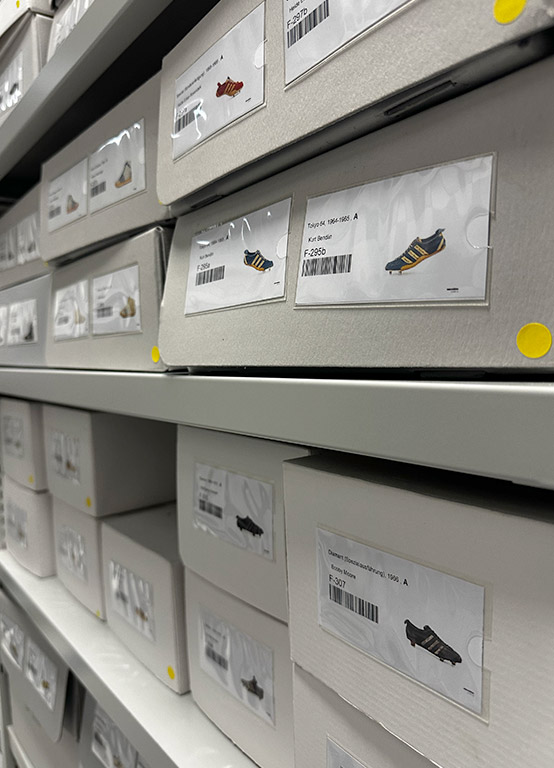
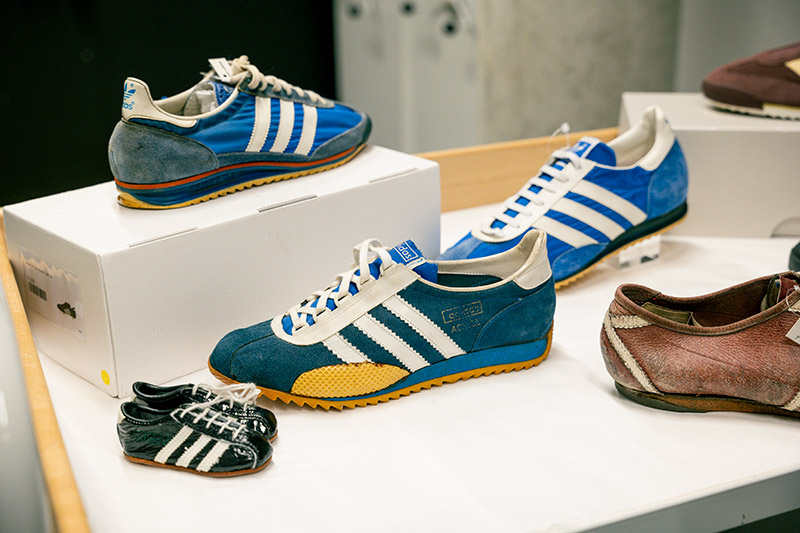
To get a better appreciation of the SL72, we looked through the shoe’s history that basically started with the brand’s running shoe in the 50s, where practically every sports brand was using leather uppers with little to no cushioning. The arrival of the Achill in 1970 was a game changer, as the brand started using better traction on the outsole, additional foam for cushioning, heel stabilizers and a speed lacing system for better lockdown. As adidas was gearing up for the 1972 Munich Olympics, they were crafting a lightweight runner, which took the sensibilities of the Achill but using nylon uppers to replace the leather, making them ‘Super Light’. Thus, the SL 72 was born and has become a notable sneaker in the brand’s franchise since (the SL 72 is back! make sure to pick up a pair via the adidas app or through select retailers such as atmos).
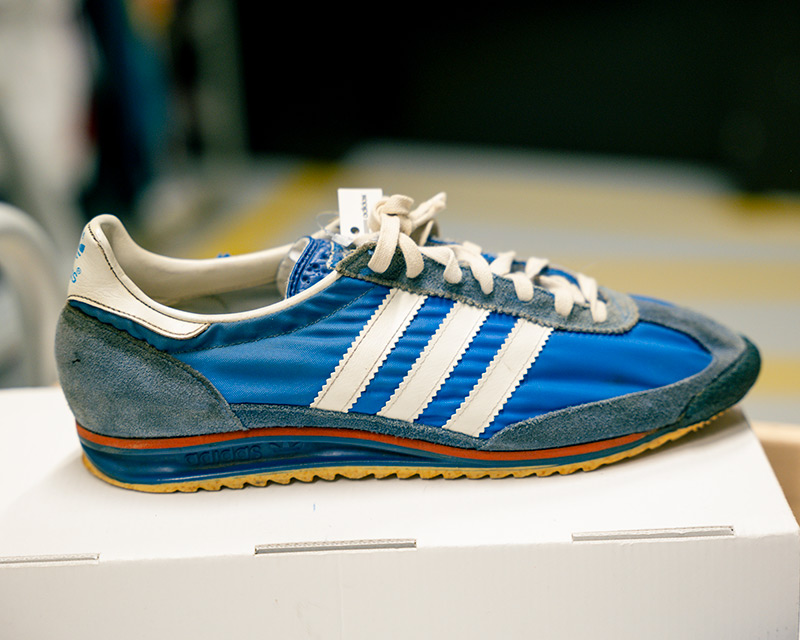
The rest of our Archive tour was going through our favorite silhouettes (I personally requested for the ZX 8000 and the EQT), as well as other notable silhouettes, apparel and bags that put adidas on the map.
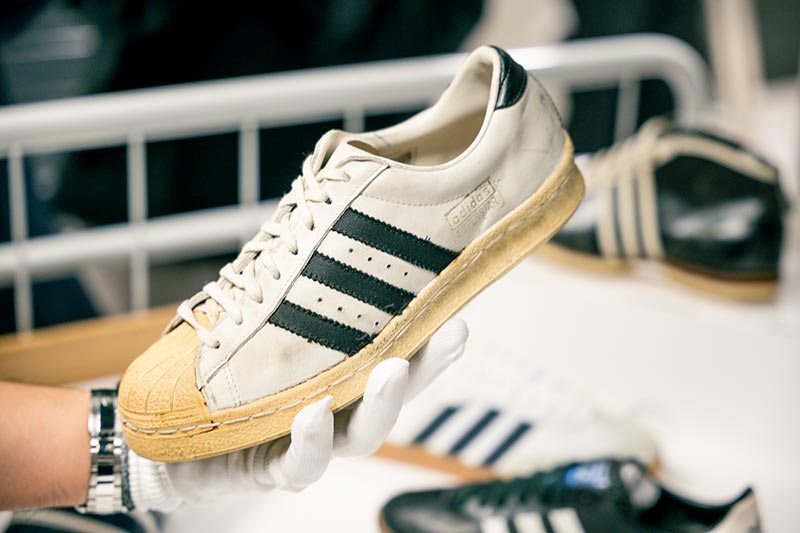
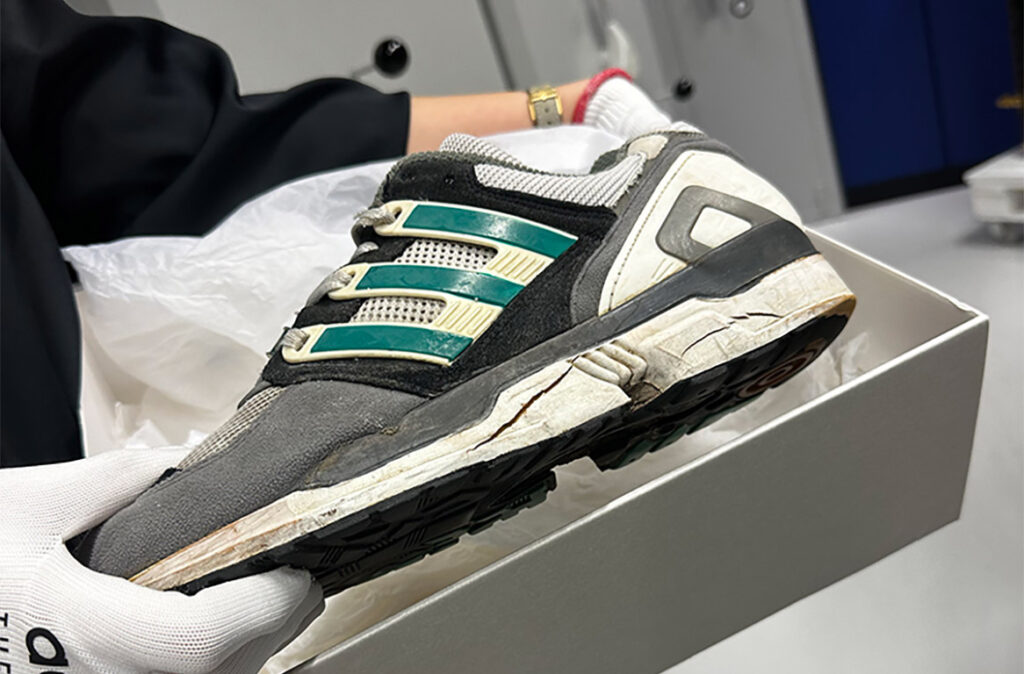
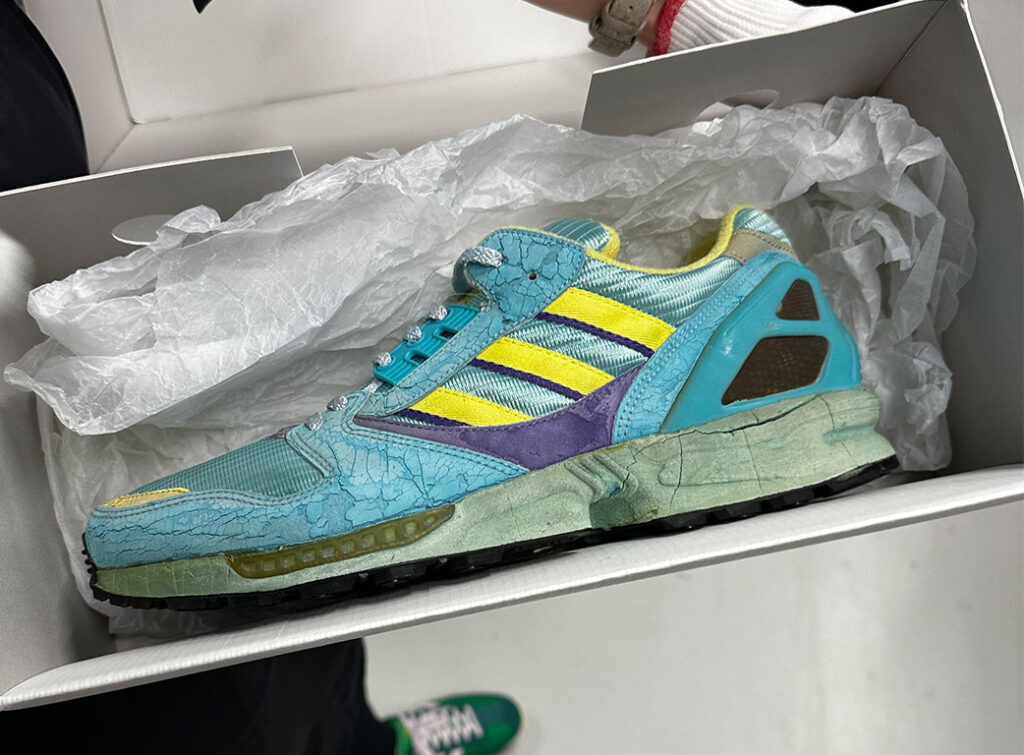
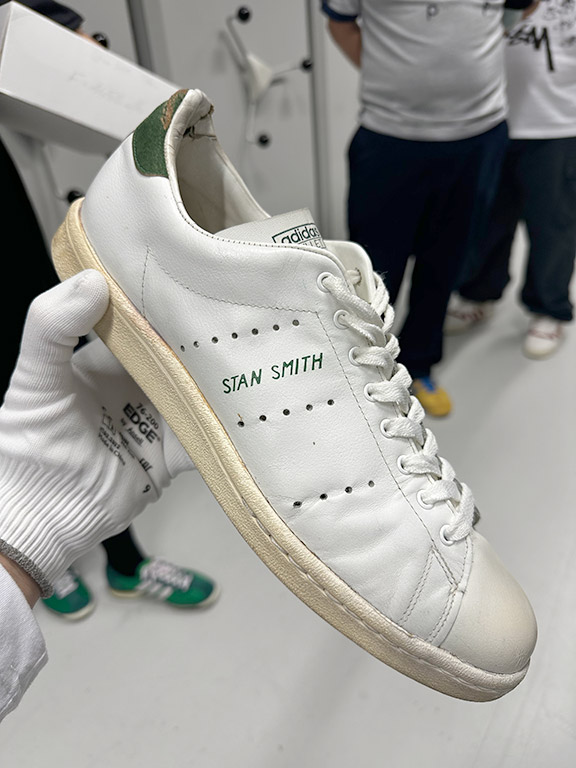
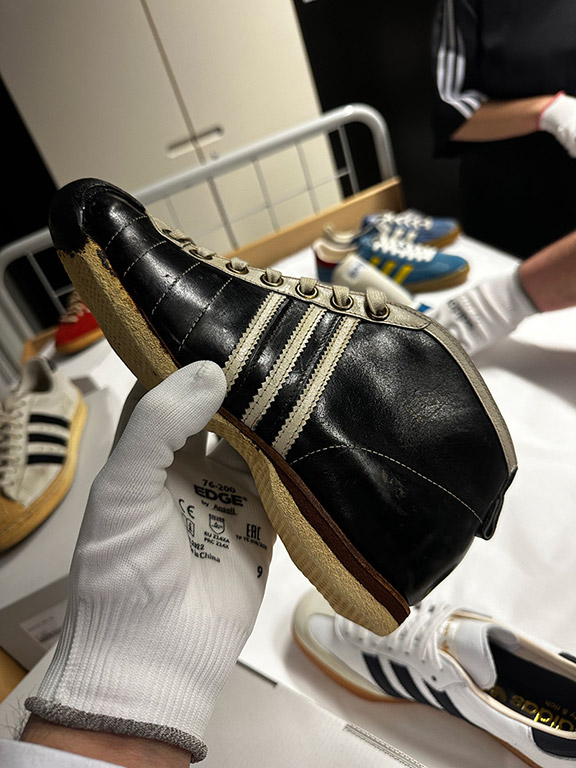
While we all know the story of the Stan Smith, the shoe on the right (above) stumped most of us. This was the first Samba. As Germany can get snowy and icy in the winter, Adi conjured up an outsole that can mold the snow/ice into makeshift spikes for those pitches. As the footballers tried them on, the shoe worked wonders, making the players look like dancers doing the ‘Samba’.
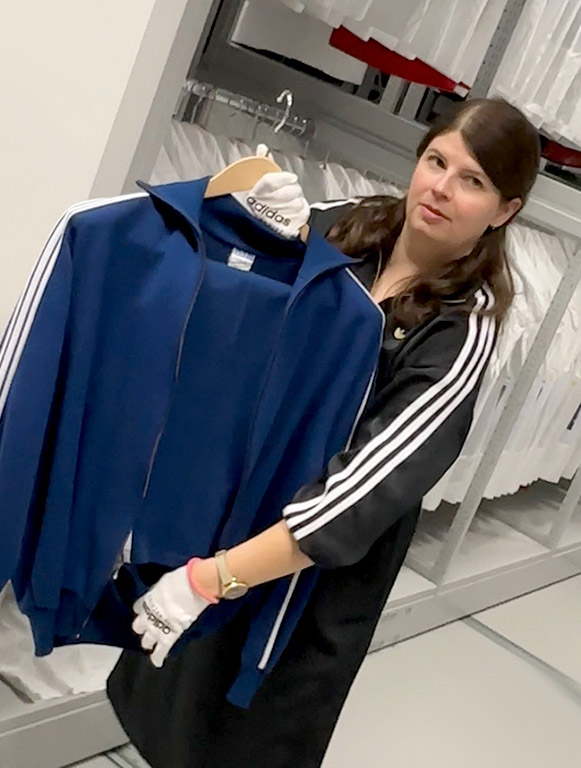
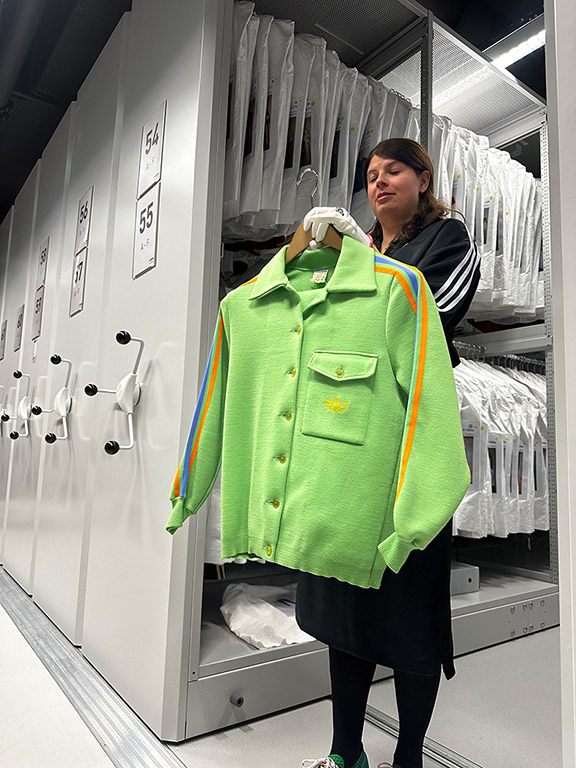
1972 was a milestone year for adidas. Aside from releasing the SL72, the year also marked the use of the Trefoil logo. adidas encountered branding issues, as the 3 Stripes wouldn’t be as visible, especially on their apparel. The Treofil was born to still showcase the 3 stripes, but the logo looked like a flower, as an homage to Adi’s wife, Kathe. Thus, the logo appeared on the German National Teams presentation suit, as well as on the other countries during the Munich Summer Games.
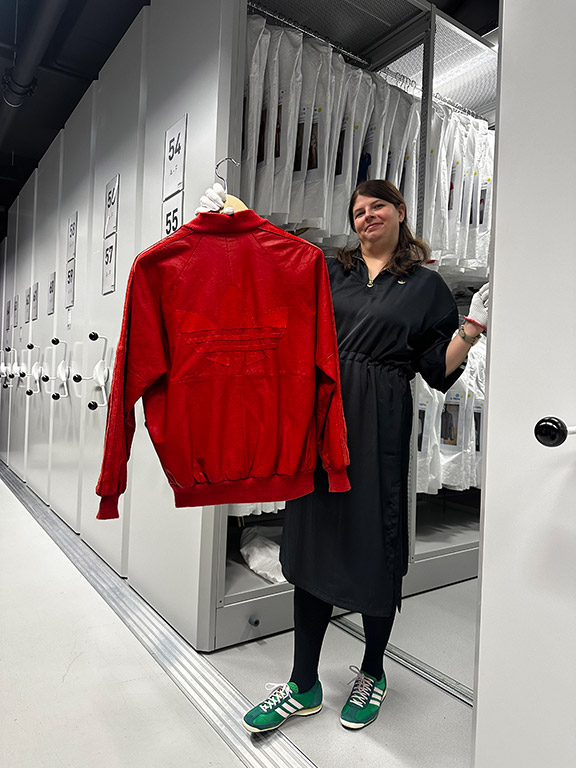
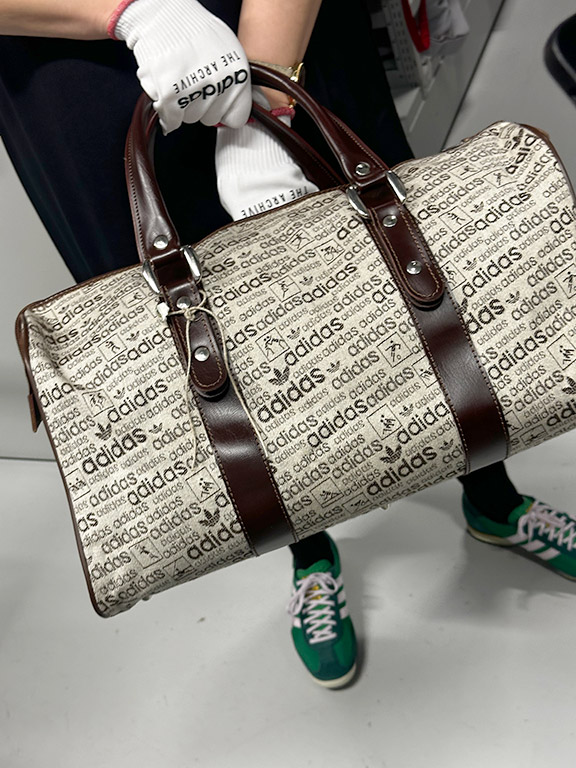
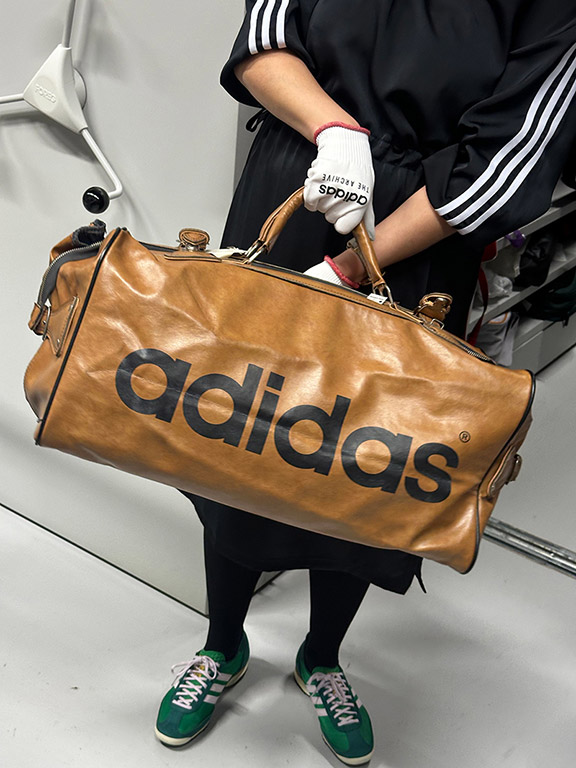
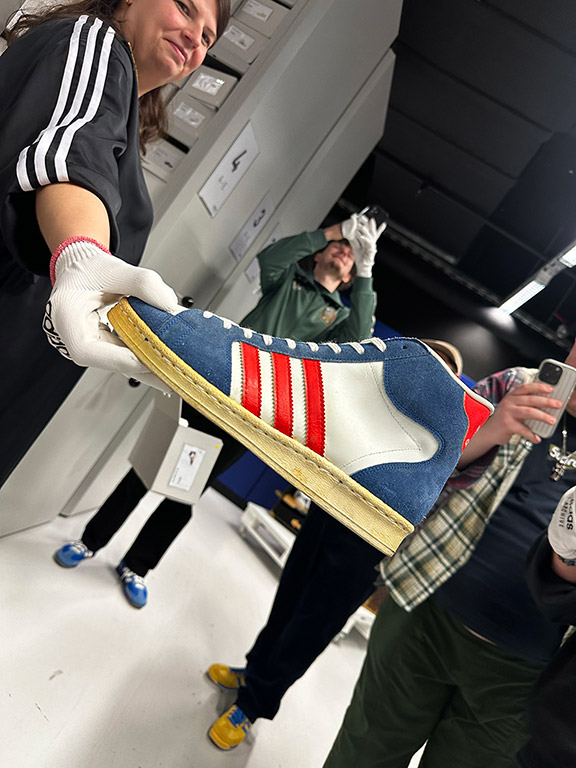
We also went through a couple of pieces that we all felt would fly off the shelves if adidas released them today. From leather tracksuits (which Pharrell took inspiration from for his humanrace/big hat era leather tracksuit), airport/overnight bags from the 60s, to the first ever adidas skate shoe, the SuperSkate, the Archive was just a treasure trove for adidas fanatics. It’s also good to note that a lot of adidas’ partners/collaborators would frequent the Archive to learn or gain inspiration from. Jerry, Pharrell, Lionel Messi and a host of others all dropped by the Archive to learn more about the brand’s rich heritage.
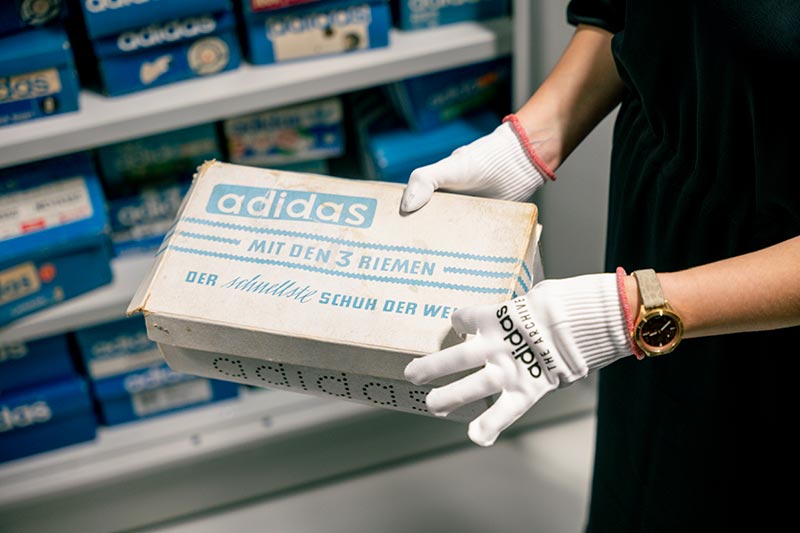
The stories were endless. We could’ve easily stayed in there for hours and hours, but that wouldn’t bode well for our schedule as well as for the archived pieces. The team continues to add over a thousand pieces to the archive every year and are in constant search for pieces still missing (or replacements for the crumbled pairs).
Truly thankful for the opportunity and would like to thank Sandra Trapp, chief historian and lead for Originals archive for the tour. If adidas comes calling for another trip to HZO, you know I’m there.
*huge shoutout to @artvanstanza and @richhomiekhan for some additional photos.
